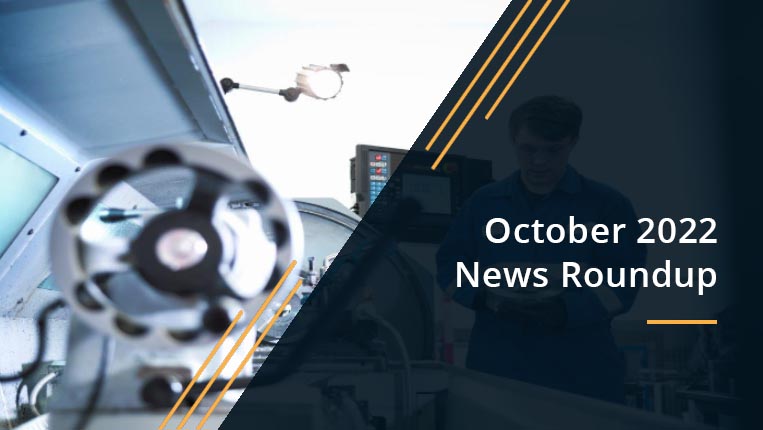October 2022 – Work Begins on £5.5M Engineering Training Centre
8:57 am, Wednesday, 2nd November 2022 - 2 years ago

October saw work begin on the new £5.5m engineering training centre that will help serve the regions skills needs for years to come. Elsewhere in the region we learned more about the proposed new £100m ferry terminal at the Port of Immingham with port operators ABP underlining their confidence in what their investment can bring to the economy.
Work begins on new £5.5m HETA training site on South Humber Bank
Humberside Engineering Training Association (HETA) is on course to open their new centre at Stallingborough in time to welcome an initial 70 learners in August 2023. As reported on Business Live, the new engineering training centre is to be located on the Pioneer Business Park, part of the £42m South Humber Industrial Investment Programme. HETA will join thriving local business myenergi on the new business park.
“North East Lincolnshire Council knows that the new training facilities will help to attract new companies into the area and we are working together to raise awareness of the new centre among businesses.”
4G Network Goes Live on World’s Largest Offshore Wind Farm
A 4G network has been successfully deployed across the world’s largest offshore wind farm, Hornsea Two. Connectivity of Orsted’s Hornsea Two will power critical data and information systems on the site, operated and maintained from Grimsby’s Royal Dock, while allowing hundreds of employees to stay in touch with friends and family while at sea. Read more…
£15b project pipeline should make the Humber region the world’s beacon for Net Zero industry
A £15 billion pipeline of projects set to clean up heavy industry and promote green manufacturing, creating thousands of jobs and securing multiple times those, has been collated into a proud portfolio to put before policy makers and markets.
Previewed throughout The Waterline Summit, fringe events and at recent political party conferences, it will be the go-to guide to sell the Energy Estuary’s ambition.
Download the Humber 2030 vision
Read more on Business Live about the huge decarbonisation potential for the Humber region.
New Immingham Ferry Terminal Will ‘Bring Confidence to Economy’
Up to four North Sea services a day could be operated from the proposed major infrastructure investment with Stena Line on the South Humber Bank, easing international trade – with freight levels at record levels when the announcement was made.
Stena Line has been secured as a long-term tenant by Associated British Ports, with a 50-year partnership agreed at the start of the year. At the heart of the deal is a new three-berth facility, Immingham Eastern Ro-Ro Terminal.
Simon Bird, who heads up Britain’s busiest freight-focused ports cluster, said: “ABP has an excellent recent track record in investing in the Humber ports to help unlock economic growth. The investment of over £50 million in 2018 and 2019 to upgrade and expand the two container terminals in the ports of Hull and Immingham are a good example of this success. In the brief time since those investments, many new destinations and regular shipping calls to the terminals were added to their work, after the investment helped to establish them as a strong player in the market.
Now entering the planning process, the proposed new terminal is not the only exciting news happening on the Port of Immingham. As reported on Business Live, Mr Bird has also shed further light on the hydrogen production project involving US industrial gases giant Air Products on the Immingham port estate.
Focusing on the Immingham proposal, he said: “A joint project between ABP and Air Products, it will bring a green hydrogen production facility to the UK. ABP will invest in new infrastructure with a new jetty to service the import and export handling of liquid bulk products. In addition to handling green ammonia, the jetty is being designed so that it can accommodate other cargoes connected to the energy transition, including the import of liquified CO2 from carbon, capture and storage projects for sequestration in the North Sea, thereby playing a significant role in the UK’s energy transition.